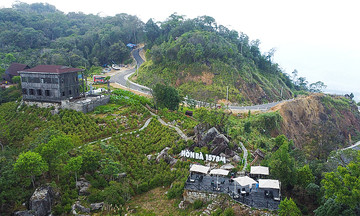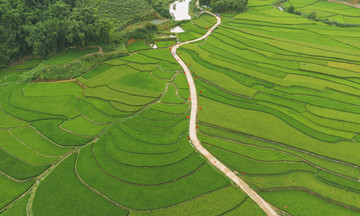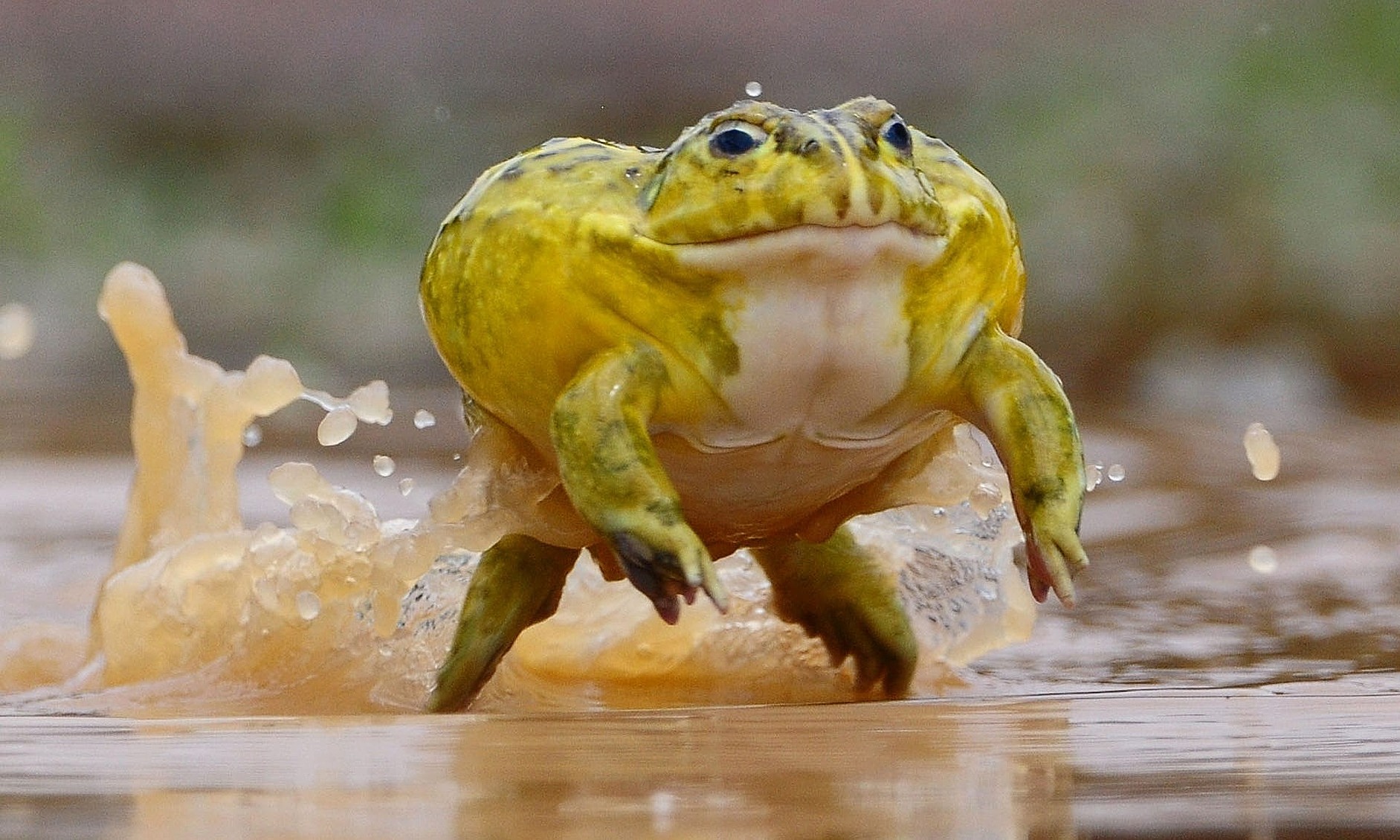 |
African bullfrog: Also known as "jumping chicken" in restaurant slang, this African delicacy contains toxins to ward off predators, including humans. The toxins are highly concentrated in young, unmated frogs and can cause kidney failure and, in some cases, death. Experts advise consuming only fully grown bullfrogs, thoroughly cooked by experienced chefs, and avoiding the entire frog, especially the skin and internal organs. Image: USA Today |
African bullfrog: Also known as "jumping chicken" in restaurant slang, this African delicacy contains toxins to ward off predators, including humans. The toxins are highly concentrated in young, unmated frogs and can cause kidney failure and, in some cases, death. Experts advise consuming only fully grown bullfrogs, thoroughly cooked by experienced chefs, and avoiding the entire frog, especially the skin and internal organs. Image: USA Today
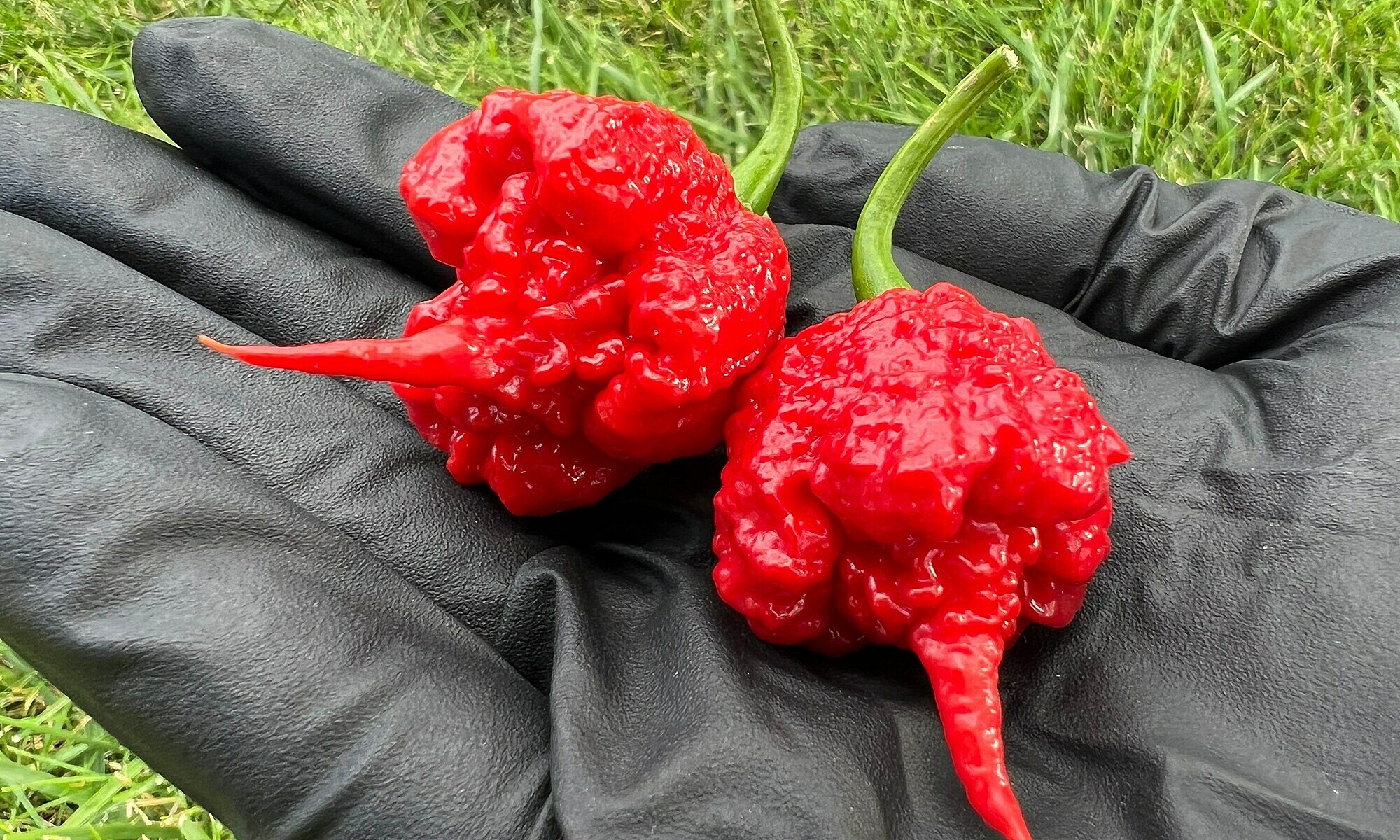 |
Dragon’s Breath chili: With a Scoville heat unit (SHU) rating of 2.48 million, surpassing the Carolina Reaper, this chili can cause anaphylactic shock, burns to mucous membranes, or organ damage if consumed in large quantities. Anyone intending to try even a small amount should ensure medical assistance is readily available. Image: Etsy |
Dragon’s Breath chili: With a Scoville heat unit (SHU) rating of 2.48 million, surpassing the Carolina Reaper, this chili can cause anaphylactic shock, burns to mucous membranes, or organ damage if consumed in large quantities. Anyone intending to try even a small amount should ensure medical assistance is readily available. Image: Etsy
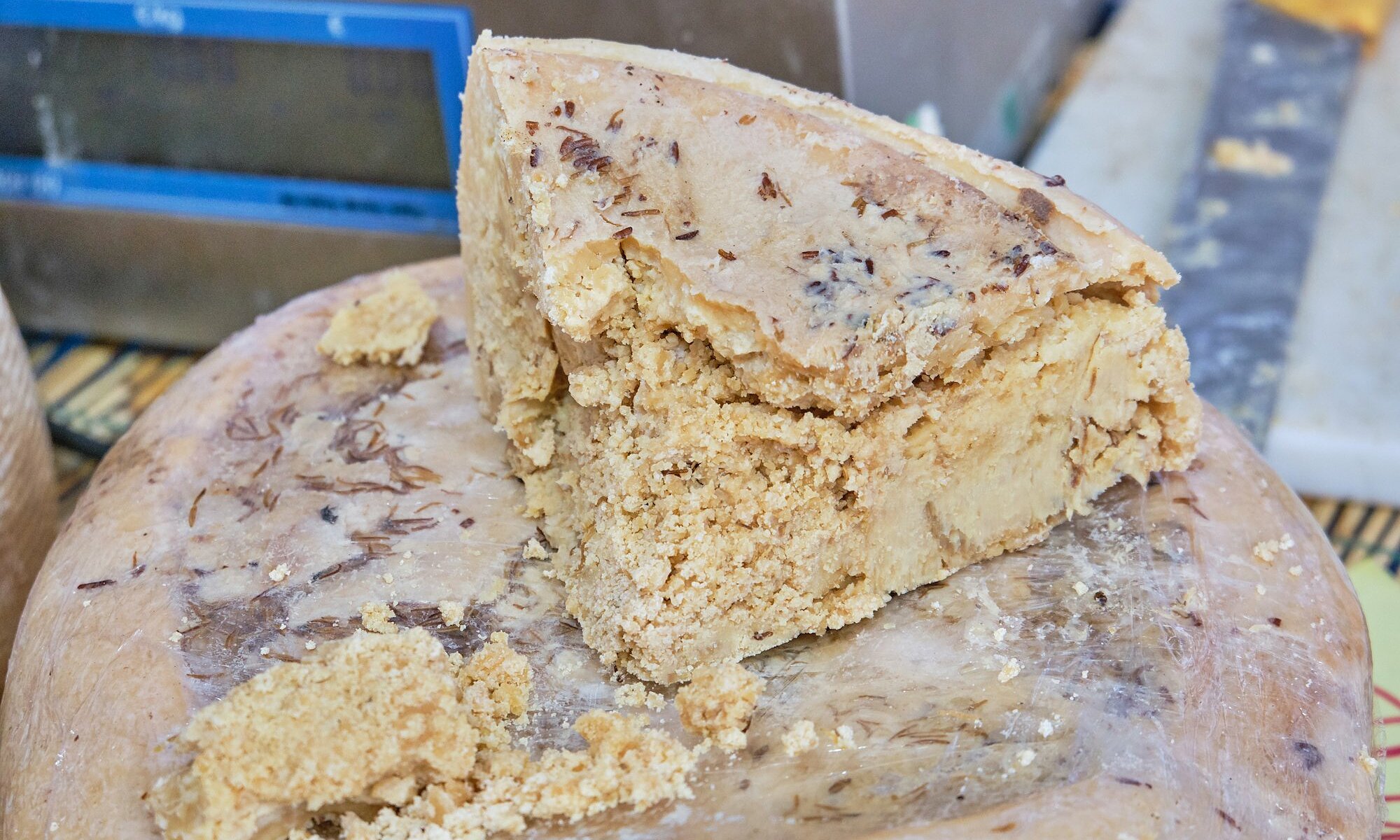 |
Casu marzu cheese: This Sardinian delicacy, featuring live insect larvae, is recognized by Guinness as the world's most dangerous cheese. The larvae can survive in the digestive tract, causing stomach aches, vomiting, or internal organ damage. Diners should only consume it from trusted traditional suppliers, ensuring the larvae are still alive (the cheese is spoiled if they are dead), and strictly adhere to hygiene regulations. Image: The Cheese Professor |
Casu marzu cheese: This Sardinian delicacy, featuring live insect larvae, is recognized by Guinness as the world's most dangerous cheese. The larvae can survive in the digestive tract, causing stomach aches, vomiting, or internal organ damage. Diners should only consume it from trusted traditional suppliers, ensuring the larvae are still alive (the cheese is spoiled if they are dead), and strictly adhere to hygiene regulations. Image: The Cheese Professor
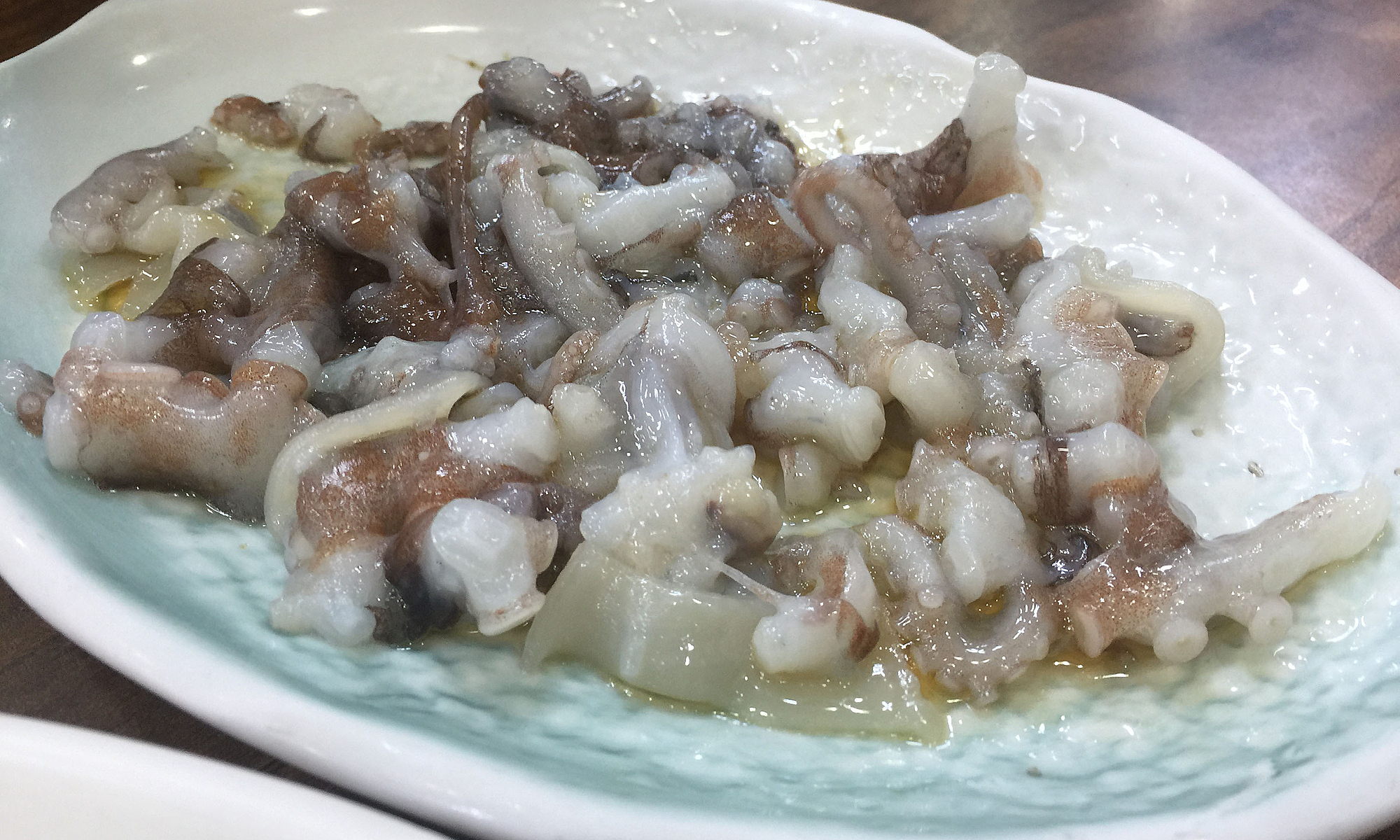 |
Sannakji octopus: Sannakji, a popular Korean dish, consists of live octopus tentacles that still move when served. If not careful, diners risk choking due to the tentacles clinging to the throat. Diners should chew thoroughly before swallowing and consume it only at reputable restaurants experienced in its preparation to minimize risks. Image: LADibble |
Sannakji octopus: Sannakji, a popular Korean dish, consists of live octopus tentacles that still move when served. If not careful, diners risk choking due to the tentacles clinging to the throat. Diners should chew thoroughly before swallowing and consume it only at reputable restaurants experienced in its preparation to minimize risks. Image: LADibble
 |
Pufferfish (fugu): Considered a delicacy in Japanese cuisine, this fish contains tetrodotoxin, a neurotoxin that is fatal if not prepared correctly. Preparing fugu requires extensive training and licensing. Tourists should only eat fugu at reputable restaurants with licensed chefs who have undergone rigorous training, often taking two to three years in Japan. Image: Japanese Taste |
Pufferfish (fugu): Considered a delicacy in Japanese cuisine, this fish contains tetrodotoxin, a neurotoxin that is fatal if not prepared correctly. Preparing fugu requires extensive training and licensing. Tourists should only eat fugu at reputable restaurants with licensed chefs who have undergone rigorous training, often taking two to three years in Japan. Image: Japanese Taste
 |
Hot dogs: Hot dogs are a leading cause of choking in young children in the US due to their shape and large size. Medical experts recommend slicing them into thin strips and then cutting them into smaller pieces before serving to children. Image: Health |
Hot dogs: Hot dogs are a leading cause of choking in young children in the US due to their shape and large size. Medical experts recommend slicing them into thin strips and then cutting them into smaller pieces before serving to children. Image: Health
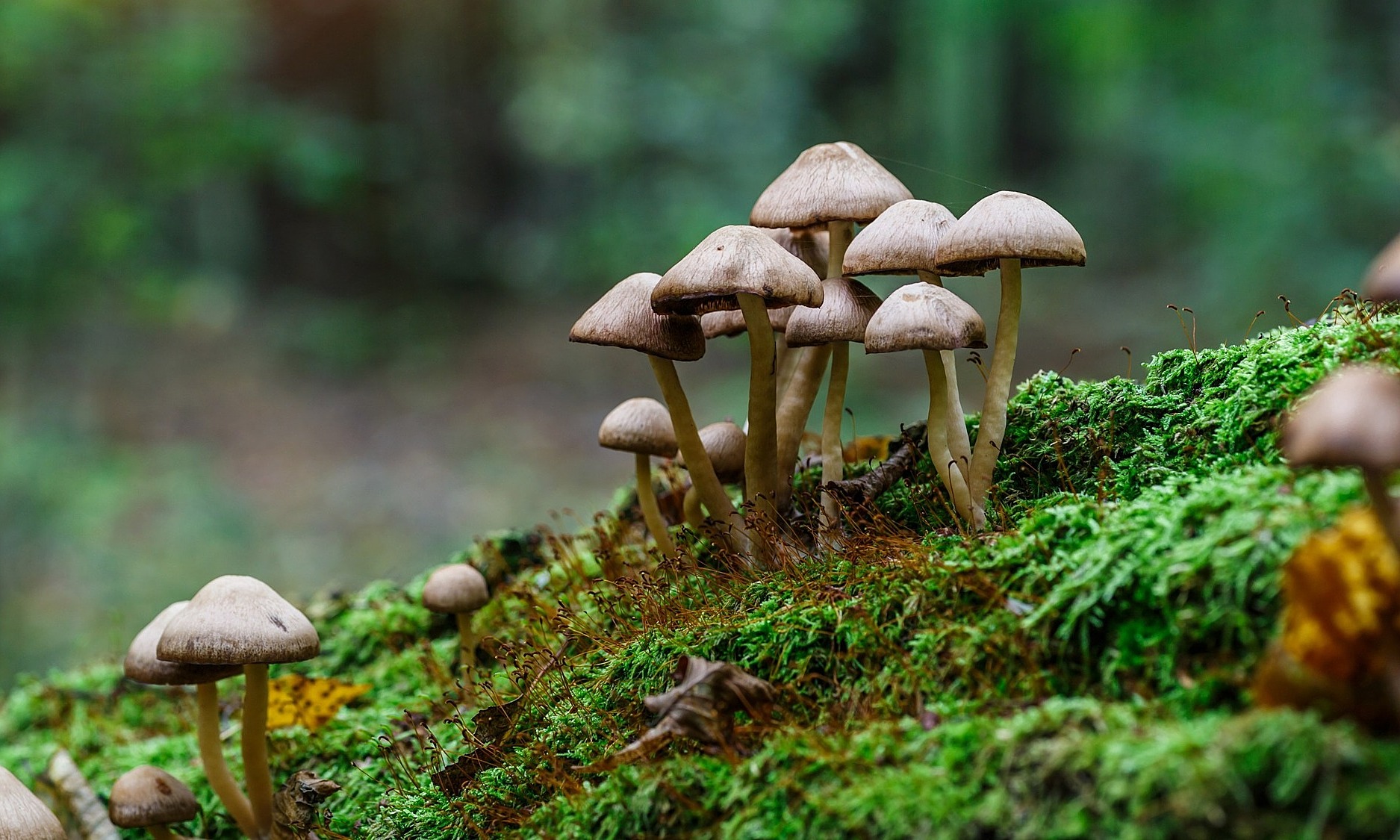 |
Blood clams: Popular in China and often boiled, blood clams pose a high risk of fatality. They often harbor viruses that cause hepatitis A, typhoid, and dysentery due to being harvested from polluted waters. In 1988, Shanghai banned blood clams after over 300,000 people contracted hepatitis A, resulting in 31 deaths. Image: Eating Thai Food |
Wild mushrooms: Identifying mushrooms is difficult because many poisonous varieties closely resemble edible ones, easily deceiving inexperienced foragers. For example, the death cap mushroom (Amanita phalloides) looks like harmless white mushrooms, such as paddy straw mushrooms, to the untrained eye, but contains the deadly amatoxin, which is not destroyed even when thoroughly cooked. Many poisoning victims report the toxic mushrooms as the best they have ever eaten. Therefore, consumers should only purchase mushrooms from reliable sources, such as supermarkets or inspected farmers' markets, and avoid foraging for wild mushrooms unless they are experts. Image: CBS47
 |
Ackee: Native to West Africa and cultivated in the Caribbean, ackee is dangerous if not handled properly. Experts warn against consuming unripe ackee. Even when ripe, the skin and seeds should not be eaten, as they contain hypoglycin A, a toxin causing symptoms ranging from mild to severe, including death. This fruit should only be eaten when fully ripe (the pod has opened naturally) and after boiling with the seeds removed. Image: The New Yorker |
Blood clams: Popular in China and often boiled, blood clams pose a high risk of fatality. They often harbor viruses that cause hepatitis A, typhoid, and dysentery due to being harvested from polluted waters. In 1988, Shanghai banned blood clams after over 300,000 people contracted hepatitis A, resulting in 31 deaths. Image: Eating Thai Food
 |
Ackee: Native to West Africa and cultivated in the Caribbean, ackee is dangerous if not handled properly. Experts warn against consuming unripe ackee. Even when ripe, the skin and seeds should not be eaten, as they contain hypoglycin A, a toxin causing symptoms ranging from mild to severe, including death. This fruit should only be eaten when fully ripe (the pod has opened naturally) and after boiling with the seeds removed. Image: The New Yorker
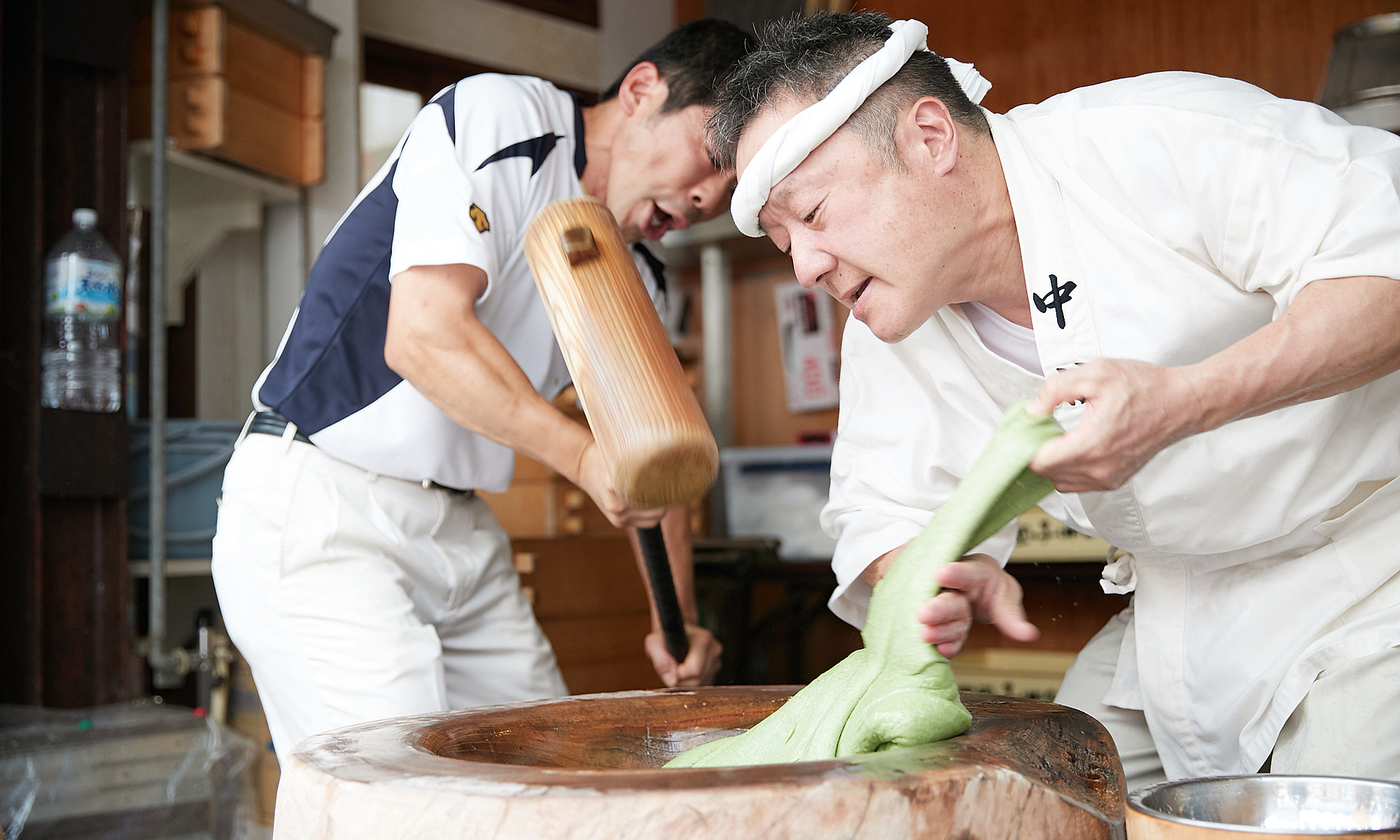 |
Mochi: This popular Japanese rice cake, made by pounding rice until it achieves a chewy texture, is a traditional New Year's treat. However, mochi is difficult to chew and can cause choking, especially in the elderly (aged 80-84), with around 3,500 deaths annually in Japan, exceeding the number of traffic fatalities (over 2,600 in 2023). About 43% of choking incidents occur in January and 12% in December, primarily affecting people over 80 due to decreased chewing and swallowing ability. For safety, seniors should exercise caution when eating mochi, taking small bites and drinking tea or juice alongside it. Image: Onya
Hoai Anh (Delish, CNBC, Popsci)





